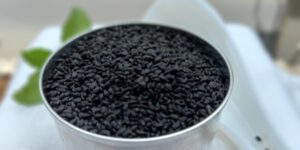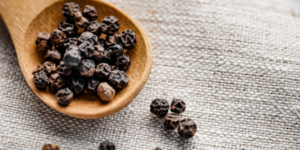According to legend, the oldest oilseed crop to date is sesame seed. Sesamum Indicum is the plant in which this seed is grown. Sesame seeds have a property that allows them to thrive in climates where other crops cannot. These seeds only need a little support from the farmers & they can be grown in hot, dry climates with little moisture in the soil. Sesame plants are also known as “Survivor Crops” because they can thrive on the edge of deserts, where no other plants can.
In Hindi it is known as Til, Tamil they call it Eḷ vitaikaḷ, and in Kannada, it’s known as Eḷḷu.
Origin of Sesame seeds
Since it is one of the oldest oil seed crops of humanity. The genus Sesamum – has many wild varieties native to Sub-Saharan Africa. Sesamum Indicum is a cultivated type of species that originated in India.
This seed was cultivated in the Indian subcontinent at least 5500 years ago, according to archaeological relics of charred sesame from the period between 3500 and 3050 BCE.
History
Sesame was cultivated in the Indian subcontinent at least 5500 years ago & it is possible that Harrapan Civilization started trading in sesame oil with Mesopotamia around 2000 BCE. Hence, it entered Middle eastern cuisine.
It is believed to be one of the oldest condiments known to man and has been used in traditional Indian, Chinese, and Middle Eastern cuisines for centuries. Egyptian used to call it Sesemt, mentioned in Ebers Papyrus ( Egyptian medical text of herbal knowledge dating to 1550 BCE).
It is a type of robust crop which means in early times. People were able to grow it in areas where there was no growth & support for other crops. As it can grow in drought conditions and with less amount of rainfall & farmers call it a survivor crop.
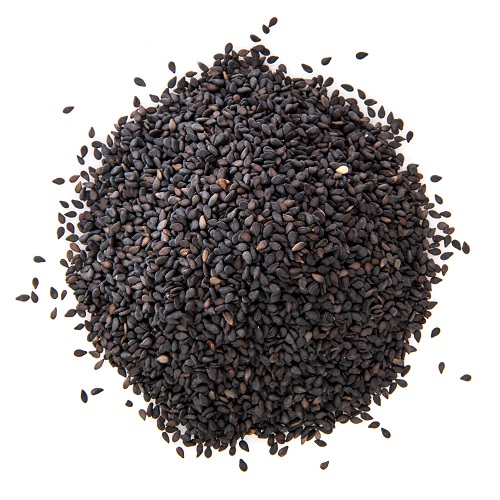
Production & Trade of Sesame Seeds
India is one of the top producers of these oil seeds. With the help of its tropical climate, India produces the best quality sesame seeds in the world & one of the top 3 nations in the highest exporter.
A few of the highest importers of Sesame seeds are China, Turkey, Japan, South Korea, Israel & Germany.
NUTRITIONAL VALUE
These seeds are a great source of protein, with four grams per ounce. These seeds are loaded with minerals such as calcium, iron, zinc, magnesium, and manganese.
Moreover, they contain healthy fats, including omega-3 fatty acids & antioxidants that may help protect against disease.
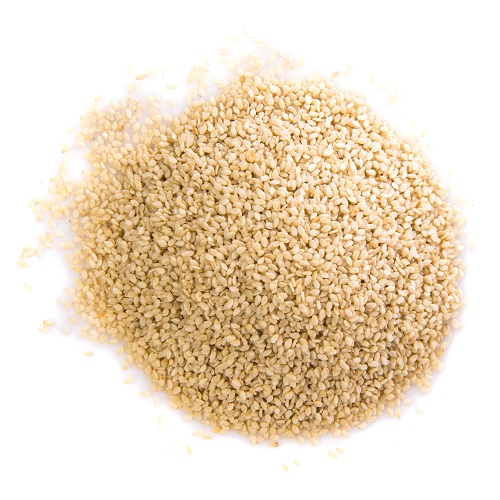
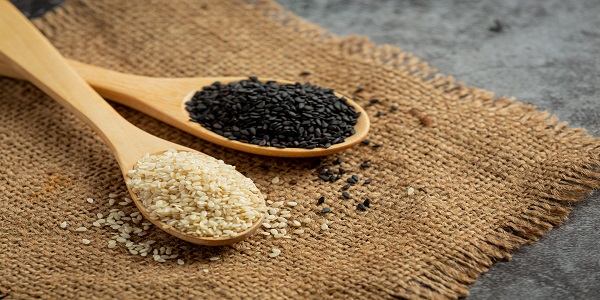
Varieties of Sesame Seeds:
Til has two types white and black. The white one is a little mild in taste, compared to the black Til. Black Til is strong in taste & aroma as compared to white Til. However, the use of white & black Til is determined by appearance rather than taste.
BENEFITS OF SESAME
Healthy Source of Fibers
One tablespoon of Til can provide 3.5 grams of fibre which can help in reducing bloating, obesity, cancer risks, and heart diseases.
LOW CHOLESTEROL
Additionally, Til is a rich source of plant-based proteins, vitamins B and E, and healthy fats. They also contain phytosterols, which can help reduce cholesterol levels.
LOWERING BLOOD PRESSURE
As we know, high blood pressure can cause heart disease and stroke. Sesame seeds help lowering blood pressure as they are rich in magnesium, which regulates blood pressure.
REDUCING INFLAMMATION
Sesame seeds are a good source of antioxidants, which can help protect against oxidative damage and inflammation.
HELPS IN BLOOD SUGAR CONTROL
Sesame seeds are low in carbs and high in protein, with healthy fatty acids, which help in regulating blood sugar control. The compound name – Pinoresinol helps in controlling high blood sugar and regulates blood sugar.
OTHER BENEFITS OF SESAME SEEDS
- Helps in Anti-Aging
- Prevents liver damage
- Anti-Mutaging (prevents the growth of mutating cells)
- Helps in hormonal balance
- Support thyroid health
- Soothing knee pain
- Helps in aiding healthy bones
These seeds are an excellent source of nutrition. We can use it in varieties of ways. To get the most out of these tiny seeds, buy them raw, toasted, or lightly roasted, and store them in a cool, dry place. With their nutty flavour and crunchy texture, sesame seeds can make an excellent addition to any meal.
